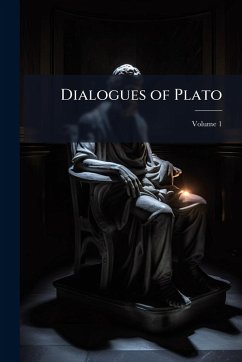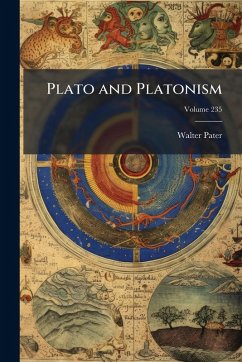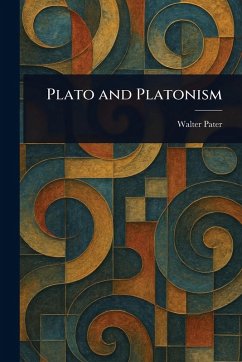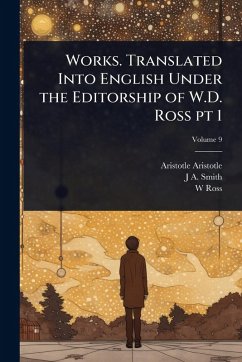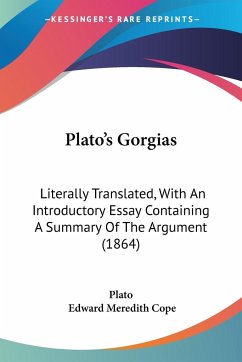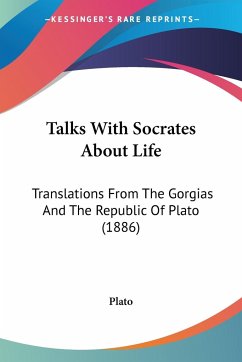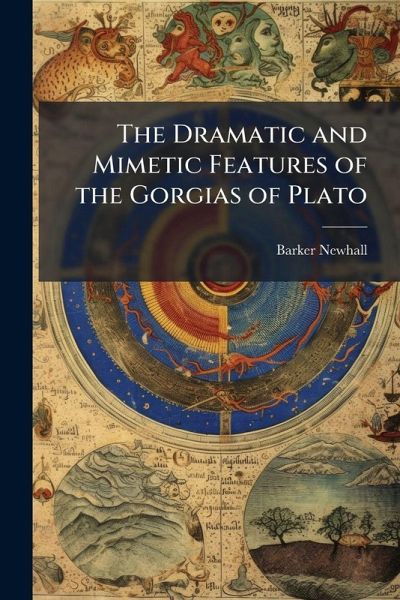
The Dramatic and Mimetic Features of the Gorgias of Plato
Versandkostenfrei!
Versandfertig in über 4 Wochen
18,99 €
inkl. MwSt.
Weitere Ausgaben:

PAYBACK Punkte
9 °P sammeln!
"The Dramatic and Mimetic Features of the Gorgias of Plato" explores the literary and philosophical dimensions of Plato's famous dialogue. Newhall Barker examines the dramatic structure and mimetic qualities inherent in the Gorgias, offering insights into Plato's use of character, setting, and dialogue to convey complex philosophical arguments. This study sheds light on the interplay between rhetoric, ethics, and politics in ancient Greek thought. Barker's analysis will appeal to scholars and students interested in classical philosophy, literary criticism, and the enduring relevance of Plato's...
"The Dramatic and Mimetic Features of the Gorgias of Plato" explores the literary and philosophical dimensions of Plato's famous dialogue. Newhall Barker examines the dramatic structure and mimetic qualities inherent in the Gorgias, offering insights into Plato's use of character, setting, and dialogue to convey complex philosophical arguments. This study sheds light on the interplay between rhetoric, ethics, and politics in ancient Greek thought. Barker's analysis will appeal to scholars and students interested in classical philosophy, literary criticism, and the enduring relevance of Plato's work. This work has been selected by scholars as being culturally important, and is part of the knowledge base of civilization as we know it. This work was reproduced from the original artifact, and remains as true to the original work as possible. Therefore, you will see the original copyright references, library stamps (as most of these works have been housed in our most important libraries around the world), and other notations in the work. This work is in the public domain in the United States of America, and possibly other nations. Within the United States, you may freely copy and distribute this work, as no entity (individual or corporate) has a copyright on the body of the work. As a reproduction of a historical artifact, this work may contain missing or blurred pages, poor pictures, errant marks, etc. Scholars believe, and we concur, that this work is important enough to be preserved, reproduced, and made generally available to the public. We appreciate your support of the preservation process, and thank you for being an important part of keeping this knowledge alive and relevant.




